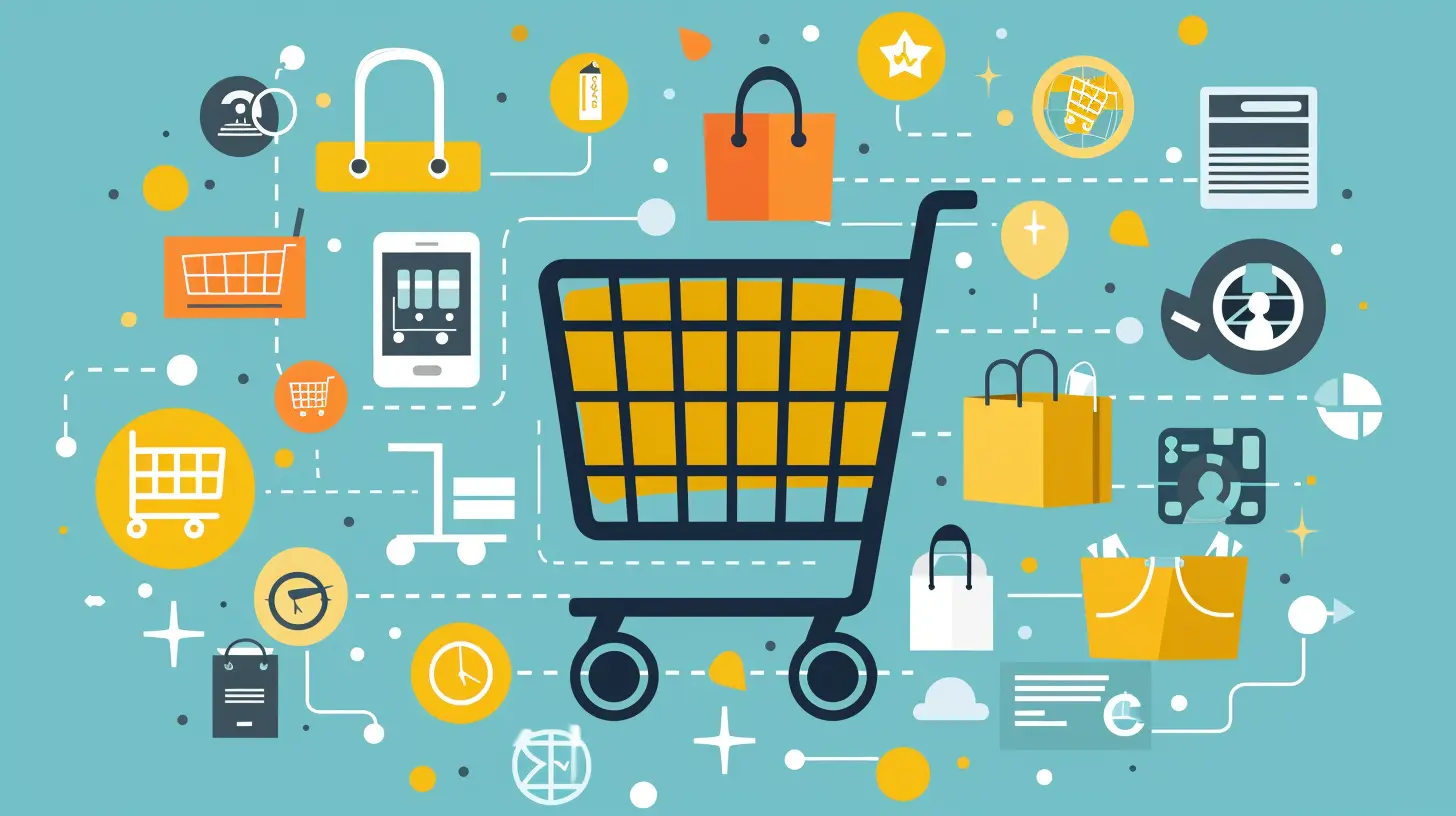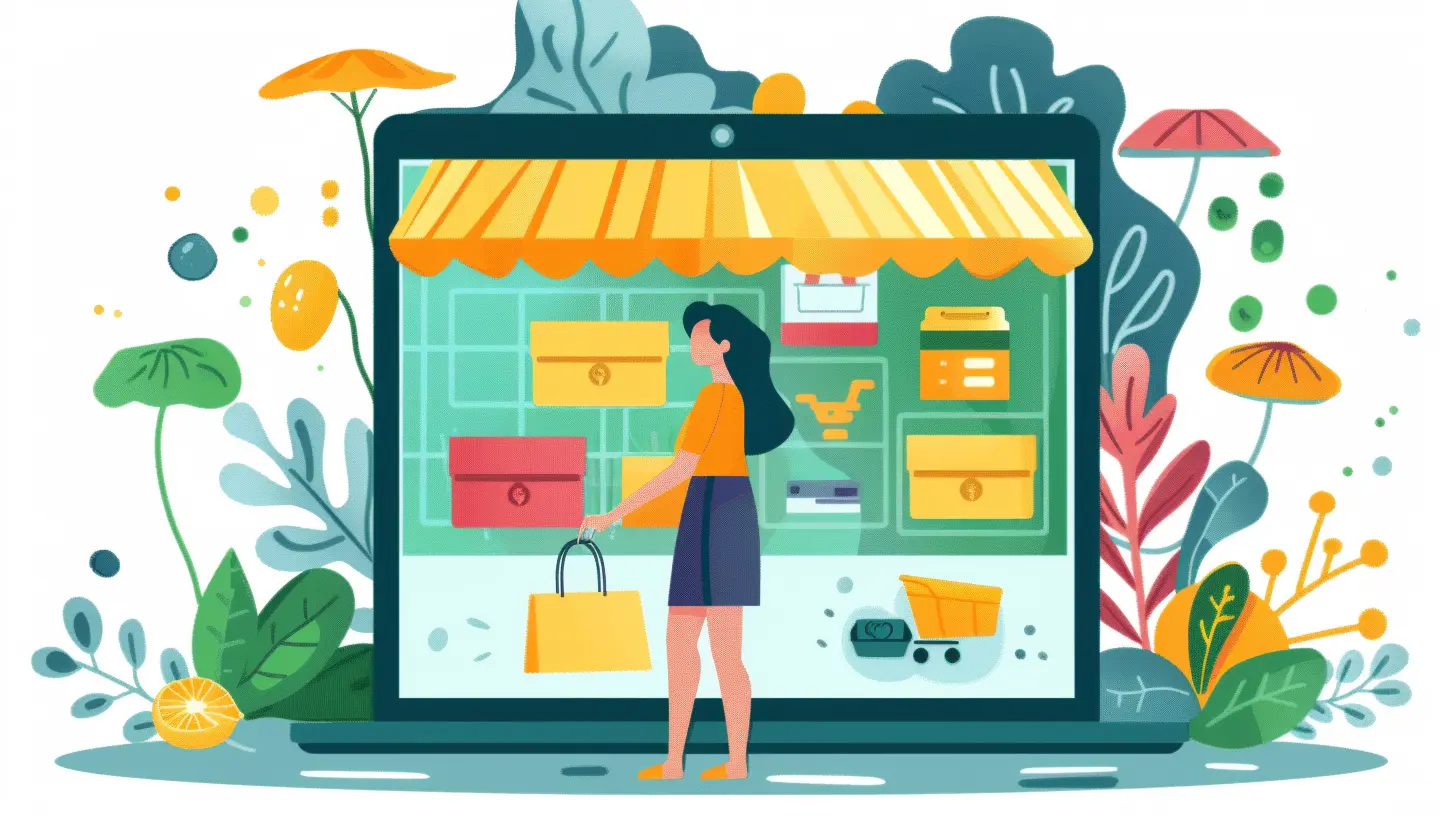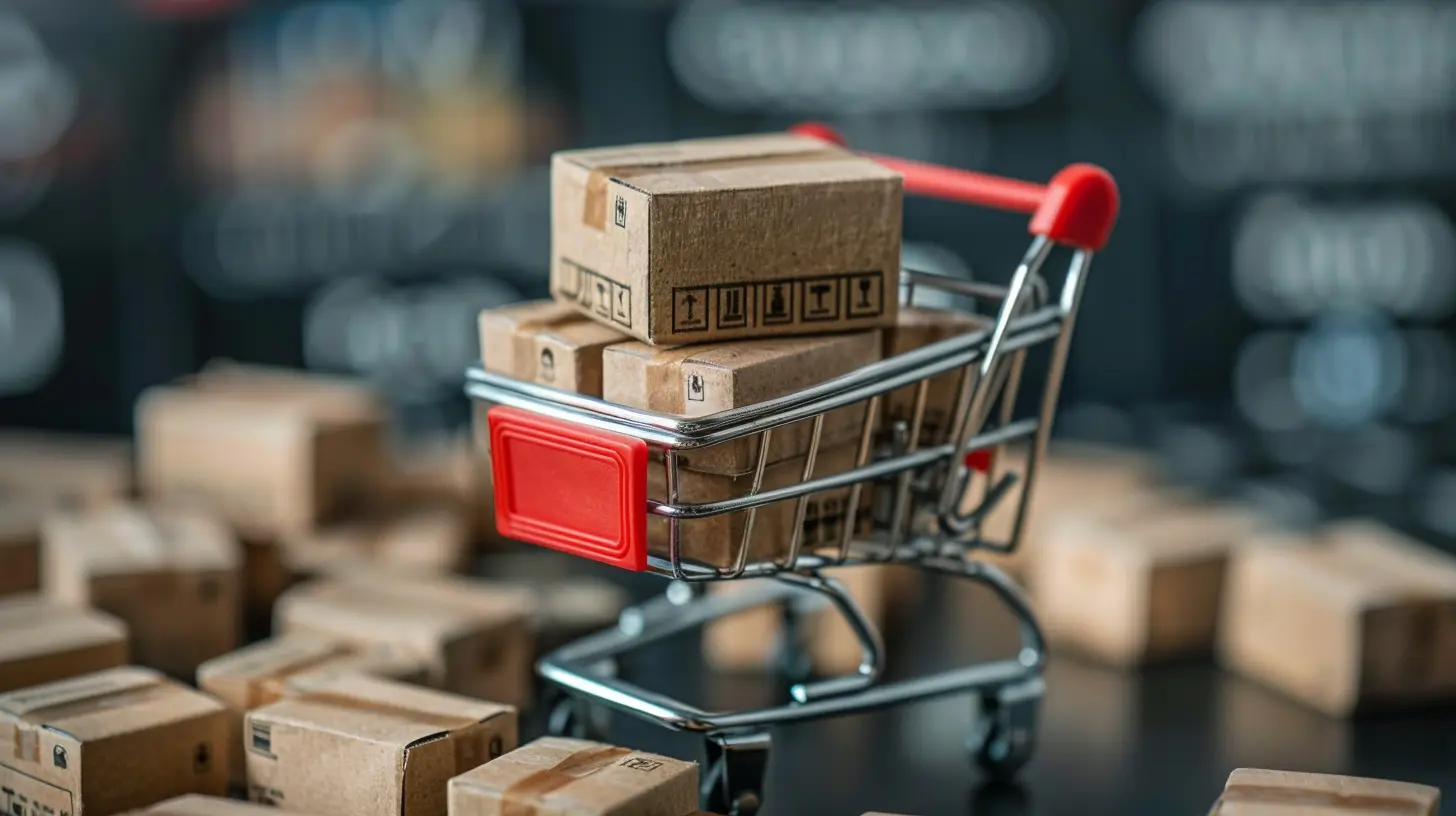Personalization Techniques to Boost Customer Engagement in E-Commerce
23 November 2025
In the noisy, bustling digital marketplace, every click matters. Think of it like shouting into a stadium full of competing voices—how do you get someone to turn their head and actually listen to you? That’s where personalization steps in. It’s the sweet serenade amidst the chaos, whispering directly into the ears of your audience: “Hey, we know you. And we’ve got exactly what you need.”
Let’s dive into the art and science of making your e-commerce business feel a lot more like a warm boutique corner shop rather than a cold algorithmic warehouse.
Why Personalization Isn’t Just Fancy Tech—It’s Human
You know that warm, fuzzy feeling when your local barista remembers your name and your go-to drink? That’s personalization. It’s trust. It’s emotion. And it works wonders in e-commerce, because even though your customers are staring at a screen miles away, they want to feel like you see them.In the world of online business, personalization is the difference between a one-time browser and a loyal brand advocate. It's no longer a luxury—it’s an expectation.
The Science Behind Personalization in E-Commerce
Let’s talk numbers. According to a study by Epsilon, 80% of consumers are more likely to make a purchase when brands offer personalized experiences. But this isn’t just about inserting a first name in an email subject line. We’re talking surgical accuracy—delivering the right message, product, or offer at the precise moment when the customer needs it.So how do you actually do that? Let’s unwrap some real, actionable personalization techniques to boost customer engagement like never before.
1. Segmentation: Speak to the Right Crowd
Before you can personalize, you need to understand who you’re talking to. Not all customers are cut from the same cloth.🛠️ Technique:
Segment your audience based on behavior, demographics, browsing history, purchase frequency, or even device usage. For instance:- First-time visitors vs. return customers
- High-value customers vs. occasional buyers
- Location-specific segments (because nobody’s buying winter boots in Miami in July)
💡 Pro Tip:
Use tools like Google Analytics, Klaviyo, or HubSpot to set up smart segmentation that evolves as customers interact with your site.
2. Dynamic Product Recommendations: Your Digital Shop Assistant
Ever walked into a store and had someone suggest something that just clicked with your style? That’s what dynamic product recommendations do.🛠️ Technique:
Leverage AI algorithms to suggest products based on:- Past purchases
- Browsing behavior
- Items frequently bought together
💬 Real Talk:
Amazon nails this. "Customers who bought this also bought…" It’s not just helpful—it’s conversion gold. You can add similar widgets to your product pages, cart pages, and even emails.3. Personalized Email Marketing: The Inbox VIP Treatment
Here’s the harsh truth—your customer’s inbox is sacred ground. If you're not sending something they care about, you're one swipe away from oblivion.🛠️ Technique:
- Use a customer’s name (simple, but powerful)- Send tailored product picks based on browsing or purchase history
- Trigger abandoned cart emails with the items left behind
- Celebrate milestones: birthdays, anniversaries, or loyalty points
📩 Example:
“Hey Sarah, those sneakers you loved are 15% off. Still want them?”That's not just a pitch, that’s a personal nudge. Big difference.
4. Behavior-Based Popups and On-Site Messaging
Chances are, your popups are annoying someone. But it doesn’t have to be that way. Make them timely. Make them relevant.🛠️ Technique:
- Exit-intent popups offering a discount- Welcome popups for first-time visitors with exclusive offers
- Scroll-triggered popups recommending related blog posts or products
🎯 Pro Tip:
Don’t blast the same message to everyone. If someone’s on a men’s t-shirt page, don’t show them a popup for women’s shoes. Show them something that matters to their moment.5. Personalized Homepages: First Impressions Matter
Your homepage is your digital handshake. If it looks the same for every visitor, you're missing out.🛠️ Technique:
Tailor homepage banners, product grids, and CTAs based on:- Referral source (e.g., click from a Facebook ad sees one version, SEO traffic sees another)
- Previous browsing behavior
- Logged-in customer preferences
🖼️ Think About It:
Imagine walking into a store and all your favorite items are displayed right at the front. That’s what a personalized homepage feels like—and it keeps customers coming back.6. Customized Search Results and Navigation
Your customer types something into that little search bar, hoping it reads their mind. So… why not help it do exactly that?🛠️ Technique:
- Autocomplete suggestions based on popular or personalized queries- Personalized search results that show products previously viewed or similar styles
- Category display based on past interests
🔍 Why It Works:
You're cutting down the time between curiosity and cart. The faster they find what they want, the happier they’ll be.7. Loyalty Programs That Remember and Reward
Loyalty programs are great. But ones that feel tailor-made? Even better.🛠️ Technique:
- Track customer purchase habits and reward accordingly- Offer personalized discounts (like 10% off your favorite category)
- Exclusive early access to product lines they frequently shop
🎁 Bonus:
Send reminders like: “Hey Alex, you’re one purchase away from Silver status. Enjoy 20% off your next order to get there faster.”That’s motivation and personalization packed into one juicy message.
8. AI-Powered Chatbots with a Human Touch
We’re not talking about clunky, frustrating bots that make you want to yell at your screen. Today’s smart AI chatbots can genuinely help—and personalize the experience as they go.🛠️ Technique:
- Use previous chat history to tailor suggestions- Integrate with CRM tools to remember preferences
- Offer faster support by recognizing returning customers
🤖 Real Talk:
A good chatbot should feel like a helpful store associate, not a robot trying to upsell you on stuff you don’t want.9. Retargeting Ads That Feel Less Creepy, More Helpful
We’ve all seen those ads that follow us for weeks—you looked at a toaster once and now it’s stalking you.Let’s make retargeting less creepy and more compelling.
🛠️ Technique:
- Use frequency capping to avoid ad fatigue- Rotate creative to show new, relevant angles (like sale alerts or reviews)
- Segment retargeted audiences by exact behavior (abandoned cart vs. visited category page)
📈 Bonus Move:
Serve an ad with a time-limited discount on the exact product they viewed. Urgency + personalization = magic.10. Tailored Checkout Experience
You’ve done all the hard work to get someone to the checkout—don’t blow it with a one-size-fits-all funnel.🛠️ Technique:
- Pre-fill info for returning customers- Suggest addons or bundles based on cart contents
- Streamline payment with saved methods and tailored shipping options
🔐 The Goal:
Make checkout feel effortless. Like a trusted friend already knows your details and is helping you wrap things up quickly.The Emotional Side of Personalization
Here’s the poetic part.Personalization isn't just about tech stacks and data points—it’s a love letter to your customer. It's your way of saying:
> "We see you. We hear you. We know what you like. And we want you to feel at home."
When it's done right, it builds emotional bridges. It stirs loyalty. It sparks repeat visits. It turns transactions into relationships.
Because when your customer feels that emotional grip—that familiarity—they're not just buying products. They're buying into your brand.
Common Pitfalls To Avoid
Before you run off implementing everything, a quick heart-to-heart. Not all personalization is good personalization. Avoid these traps:- Over-personalization that feels creepy (too much “knowing” can feel invasive)
- Irrelevant recommendations (this shows you’re not really “listening”)
- Ignoring data accuracy (bad data equals bad experiences)
Stay human. Trust your gut. And ask yourself—would I be delighted by this if I were on the receiving end?
Final Thoughts: Make It Personal, Make It Powerful
In a world of automation and algorithms, personalization is your secret sauce—it’s what makes your e-commerce store feel alive. It’s not about tricking customers into buying. It’s about guiding them, helping them, and making them feel seen.And when people feel seen, they stick around.
So if you’re ready to turn casual shoppers into loyal fans, start personalizing. One click, one email, one product recommendation at a time.
And hey, do it with heart.
all images in this post were generated using AI tools
Category:
E CommerceAuthor:

Susanna Erickson

